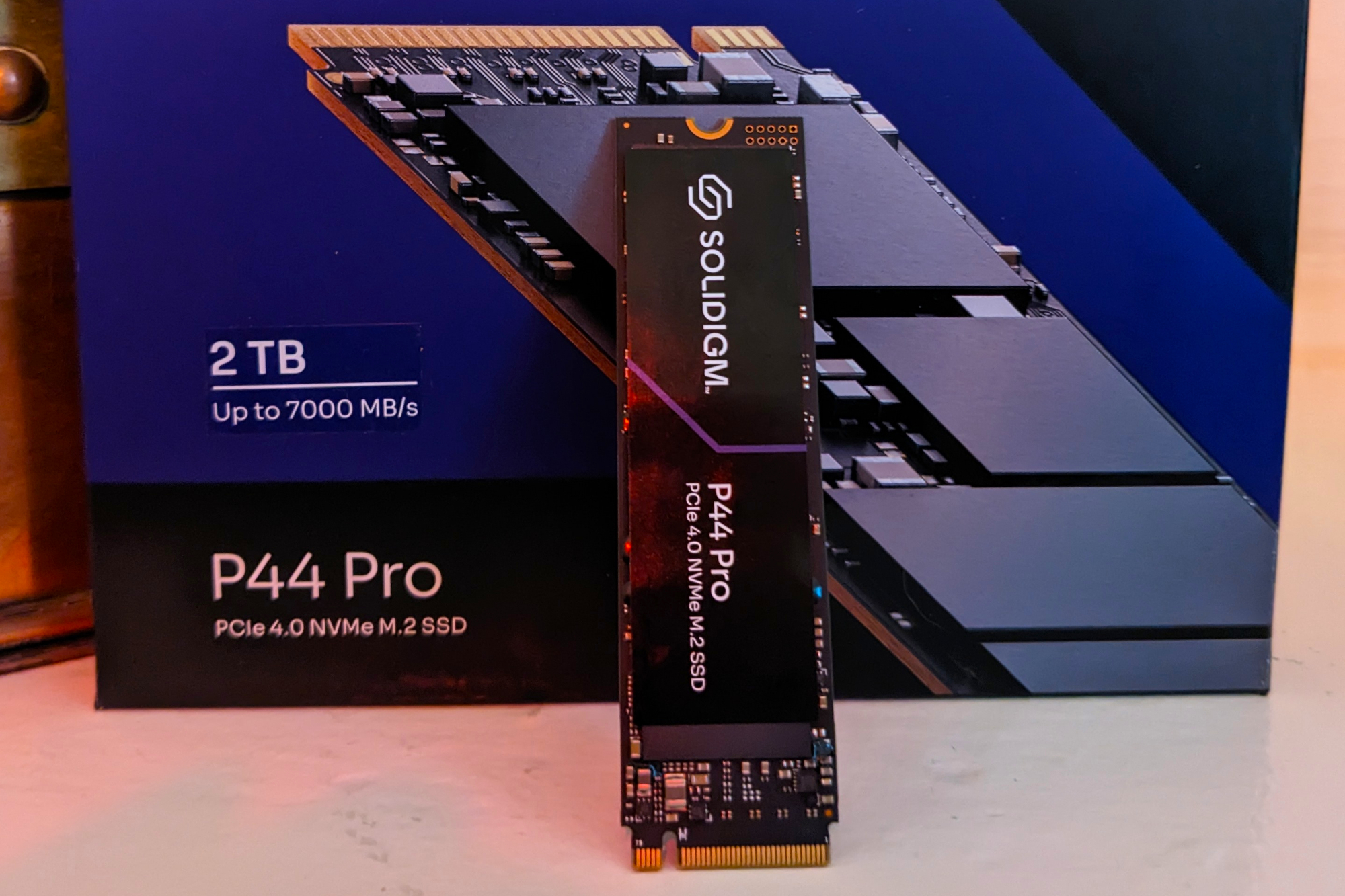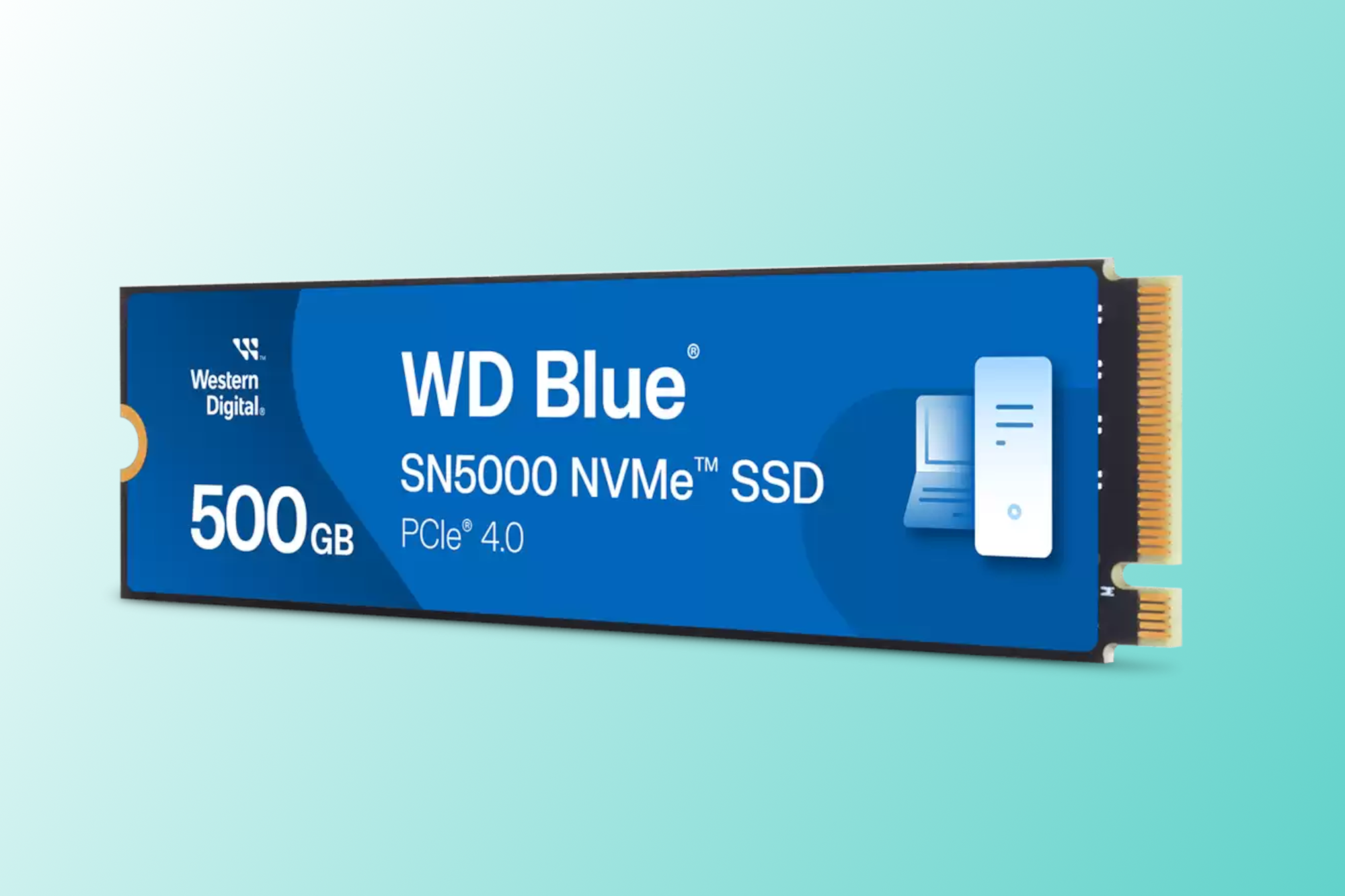Have you ever been in a situation where your PC was almost out of storage space? Or you needed to transfer lots of big files between machines? It’s a tough spot to be in if you aren’t prepared.
For many, the simplest solution is to grab some external storage, whether that’s a USB flash drive or — for data-heavy operations — an external drive. Indeed, portable SSDs have gotten pretty popular in recent years, promising loads of space and fast speeds in a convenient form factor. If you’re set on buying one, get one of our top picks for external drives.
But many portable SSDs are actually a pretty raw deal when you get down to it. Not only does the convenient form factor limit what you can do with the drive, but the storage is often of a lower class and marked up.
You’re better off just putting together your own external SSD. And don’t worry! It’s not even that difficult. Here’s why you should give it a shot and how to put one together yourself.
The perks of a DIY external SSD
There are lots of premade external SSDs on the market, but your options are way more diverse if you just go the home-brewed route. You can choose your ideal capacity, size, connection protocol, and appearance (thanks to the wide variety of SSD enclosures available).
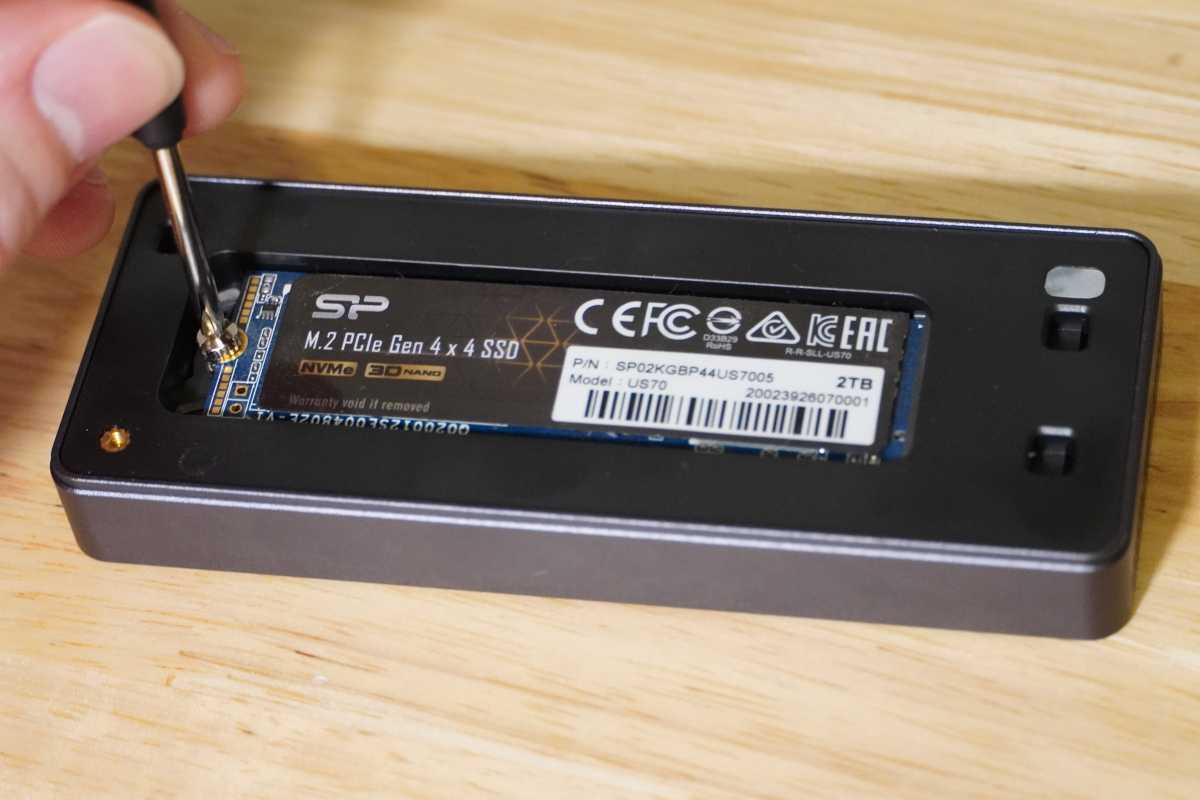
Mark Knapp / Foundry
With a DIY external SSD, you also get the freedom to repurpose one of your existing SSDs or take the drive apart when you’re done with it to reincorporate the SSD back into, say, your PC or gaming console.
Plus you’ll likely save a lot of money by DIYing your own external SSD. Large-capacity PCIe drives are available at surprisingly low prices. Take this 2TB Silicon Power US75 for $103, and that’s not even a slow one. It’s rated for 7,000MB/s read speeds and 6,500MB/s write speeds! Meanwhile, the 2TB SK Hynix Beetle X31 costs $170 and only has a rated throughput of 1,050MB/s.
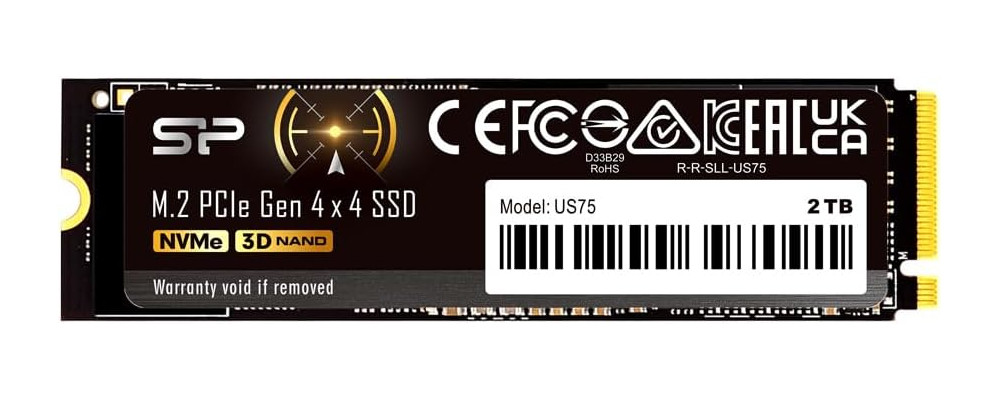
Silicon Power
To be fair, no current drive enclosure will let you take full advantage of the Silicon Power US75’s speeds. (USB4 and Thunderbolt 4 max out at 40Gbps, which is only 5,000MB/s.) But whereas the SK Hynix Beetle X31 will always be capped at 1,050MB/s, you could build an external SSD with the Silicon Power US75 with a USB4 enclosure and enjoy its high throughput now, then swap it into a USB5 enclosure later.
How to make your own external SSD
It’s a lot easier to make your own external SSD than you might think. You don’t need much experience or any special tools.
First, get yourself an SSD. Avoid 2.5-inch SATA drives, which are affordable but older, larger, and slower without being that much more cost-effective than NVMe drives. (If you don’t know what to buy, check out our best SSD recommendations.)
You don’t need to worry about getting the fastest drive, by the way. The speed will likely be bottlenecked by the enclosure, anyway. But if you want a future-proofed drive, our favorite PCIe 4.0 SSD is the 2TB Solidigm P44 Pro. There’s also the 2TB WD Blue SN5000 for a more budget-friendly pick. And if you need compatibility with older machines, the 2TB Crucial P3 is a solid choice for a PCIe 3.0 SSD.
Crucial P3
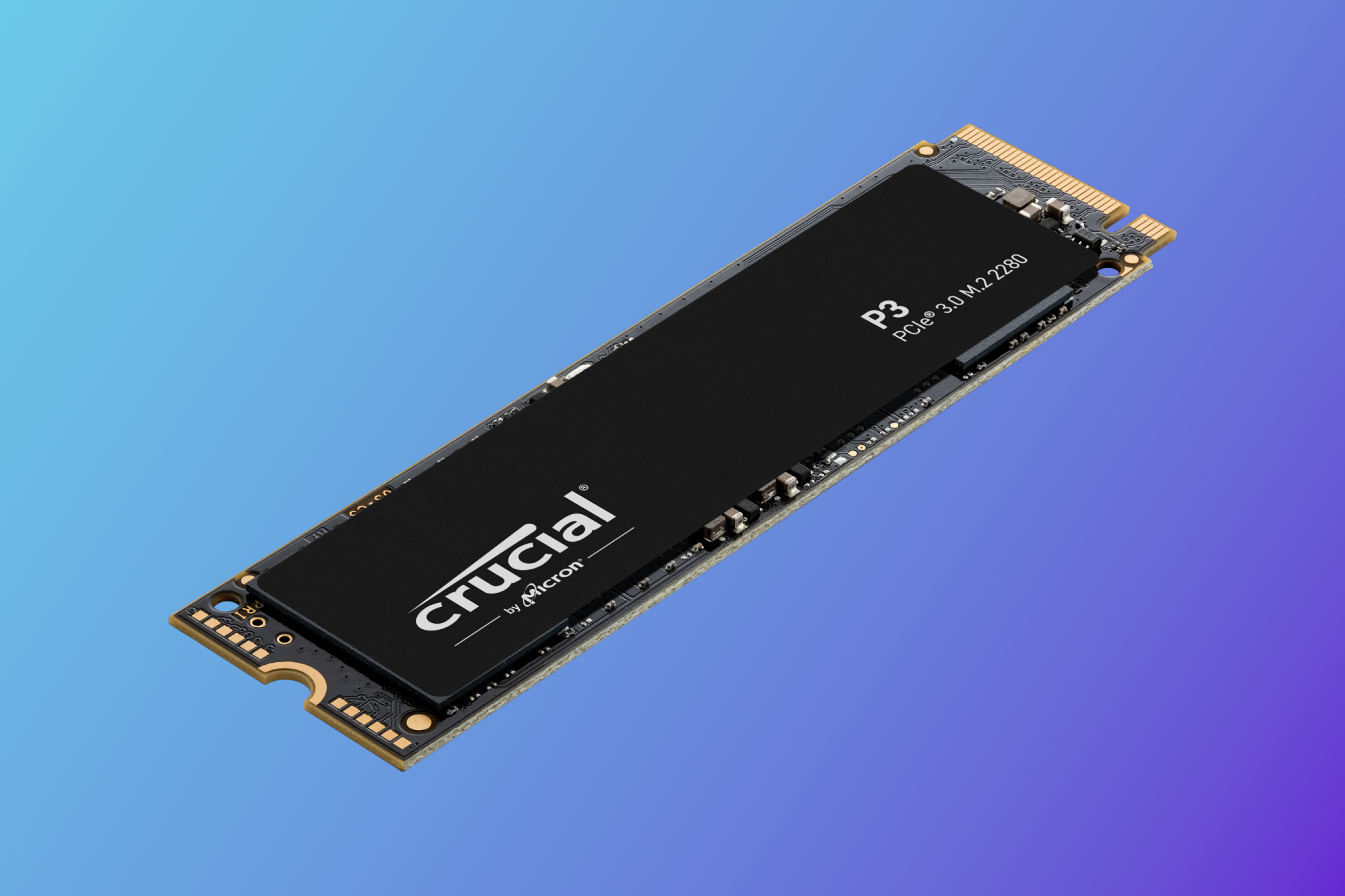
Chcete-li přidat komentář, přihlaste se
Ostatní příspěvky v této skupině

TL;DR: Replace Adobe Acrobat with a lifetime license
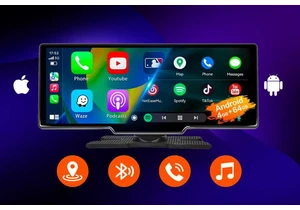
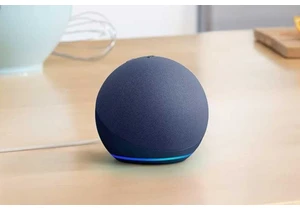
The table is set for Alexa’s big AI reveal, with Amazon holding a lon
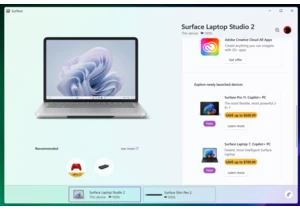
Windows is full of suggestions and recommendations to try out new app
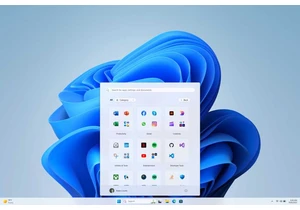
On Friday, Microsoft released a pair of new builds to test new Window
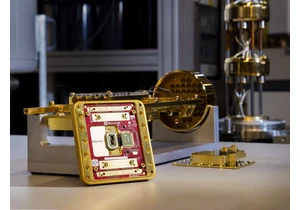
After 17 years of research, Microsoft has finally developed the Major
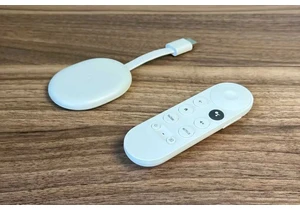
It wasn’t that long ago that you could easily snap up a Chromecast wi
